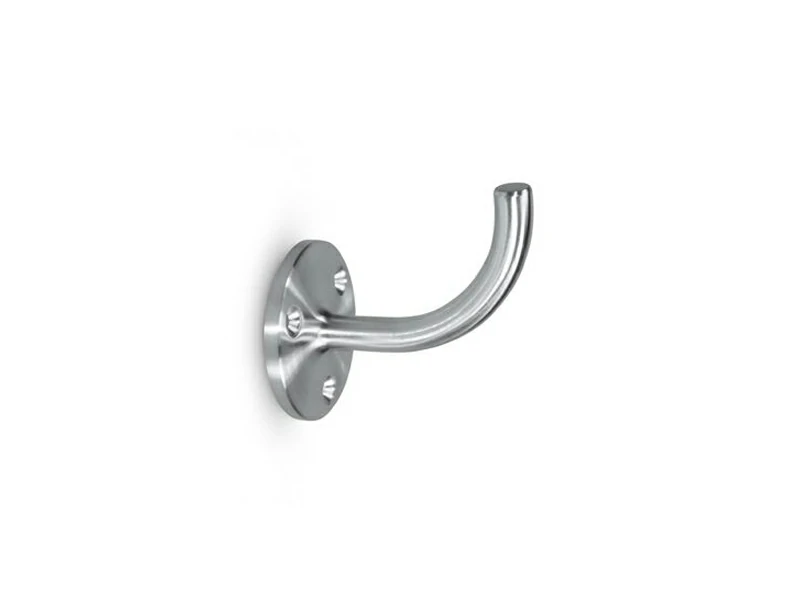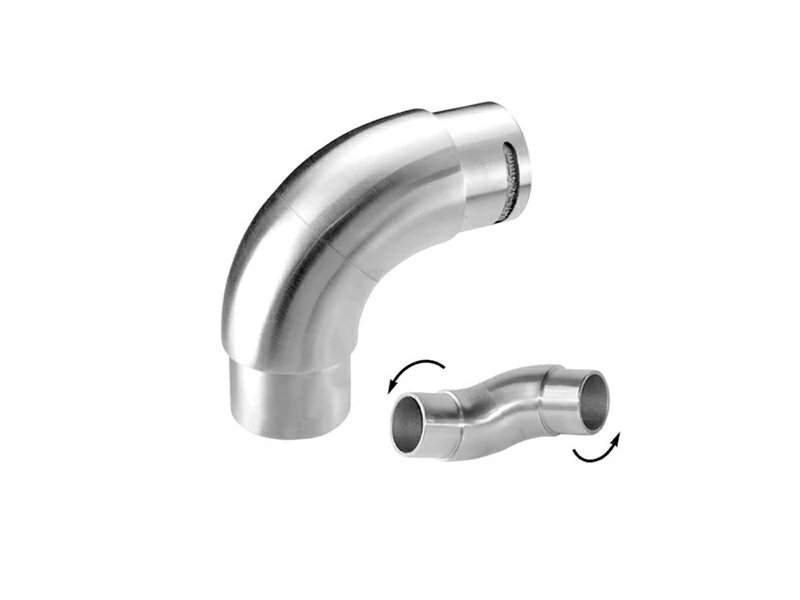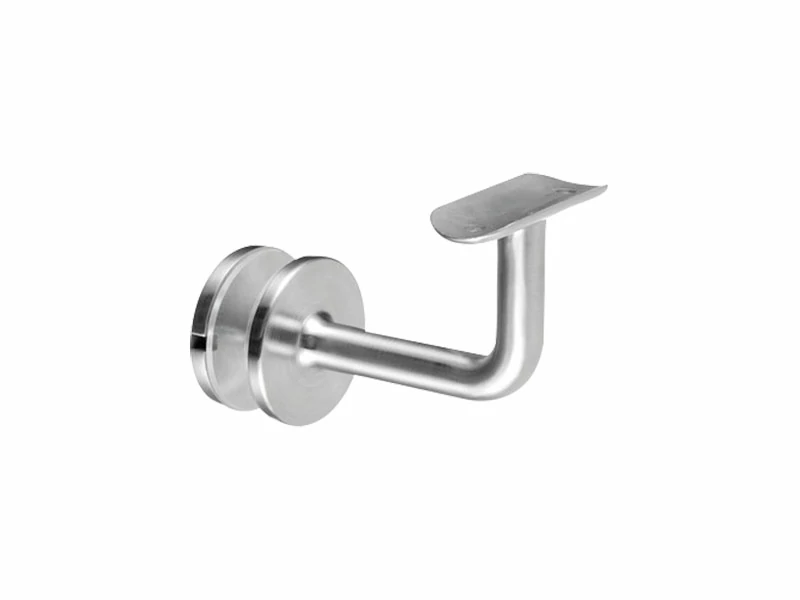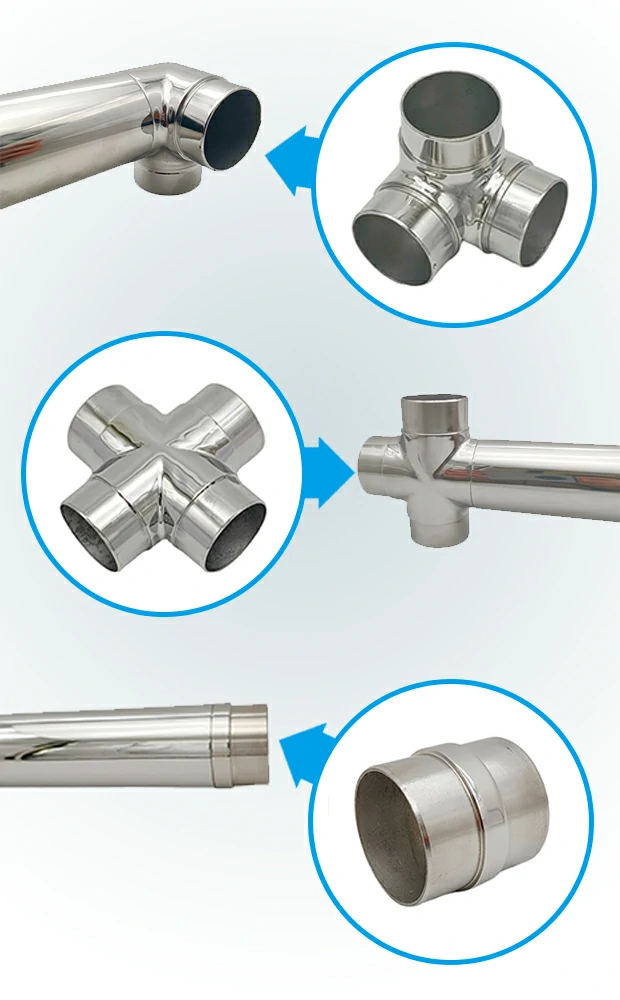
Stainless steel handrail flush joiner is a component used to connect different sections of a handrail. It is made of stainless steel, which offers durability, corrosion resistance, and an attractive appearance. The flush joiner is designed to securely fasten the handrail sections together, ensuring stability and strength.
The joiner usually fit over the ends of the handrail sections. These parts are then secured together using screws, bolts, or other fasteners. Some handrail joiners may also incorporate internal connectors or inserts to provide additional support and rigidity to the joint.
Stainless steel handrail joiners come in various shapes and sizes, depending on the specific design and requirements of the handrail system. They may include straight joiners for joining two straight sections of the handrail, corner joiners for connecting handrail sections at corners or angles, and end joiners for terminating the handrail.
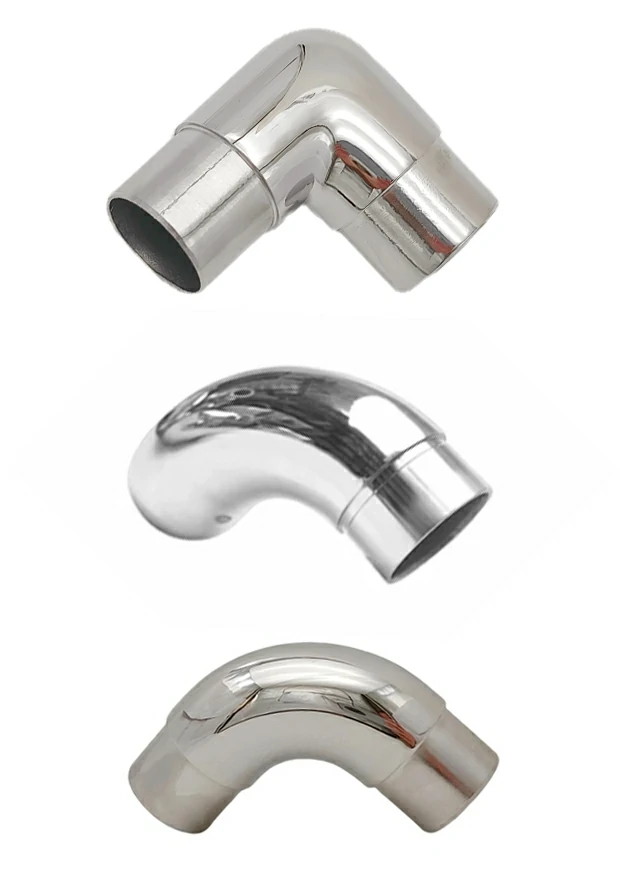
Types of Stainless Steel Handrail Joiners:
- End caps: End caps are used to cover the ends of a handrail. They can be decorative or functional, and they help to protect the handrail from damage.
- Connector brackets: Connector brackets are used to connect two pieces of handrail at a 90-degree angle. They are typically made of stainless steel, and they can be either welded or bolted to the handrail.
- Elbow connectors: Elbow connectors are used to connect two pieces of handrail at a 45-degree angle. They are similar to connector brackets, but they are designed to create a smooth, curved transition between the two pieces of handrail.
- Pivoting connectors: Pivoting connectors are used to connect two pieces of handrail that need to be able to move independently of each other. They are typically made of stainless steel or brass, and they have a pivoting mechanism that allows the handrail to move freely.
Key Features of Stainless Steel Handrail Joiners
- Easy Installation: Tube joiners simplify the installation process by providing a convenient method to connect handrail components without the need for complex welding or specialized tools. They allow for quick assembly and disassembly, making them ideal for both temporary and permanent handrail installations.
- Versatility: Tube joiners offer flexibility in design and configuration. They enable the creation of various handrail layouts, including straight runs, corners, angles, and staircases. By using different types of joiners, you can adapt the handrail system to suit specific architectural requirements and spatial constraints.
- Structural Integrity: Joiners ensure structural integrity by securely connecting handrail tubes or sections. They help distribute the load evenly along the handrail, enhancing stability and safety. Stainless steel tube joiners are particularly robust and durable, providing long-lasting support for the handrail system.
- Aesthetics: Tube joiners contribute to the overall appearance of the handrail. They create seamless connections between tubes, giving the handrail a clean and polished look. Stainless steel flush joiners, in particular, offer a sleek and modern aesthetic that is popular in many contemporary designs.
- Maintenance and Repair: In the event of damage or wear on a particular section of the handrail, tube joiners make it easier to replace or repair individual components without affecting the entire handrail system. This saves time and cost compared to more intricate welding or fabrication methods.
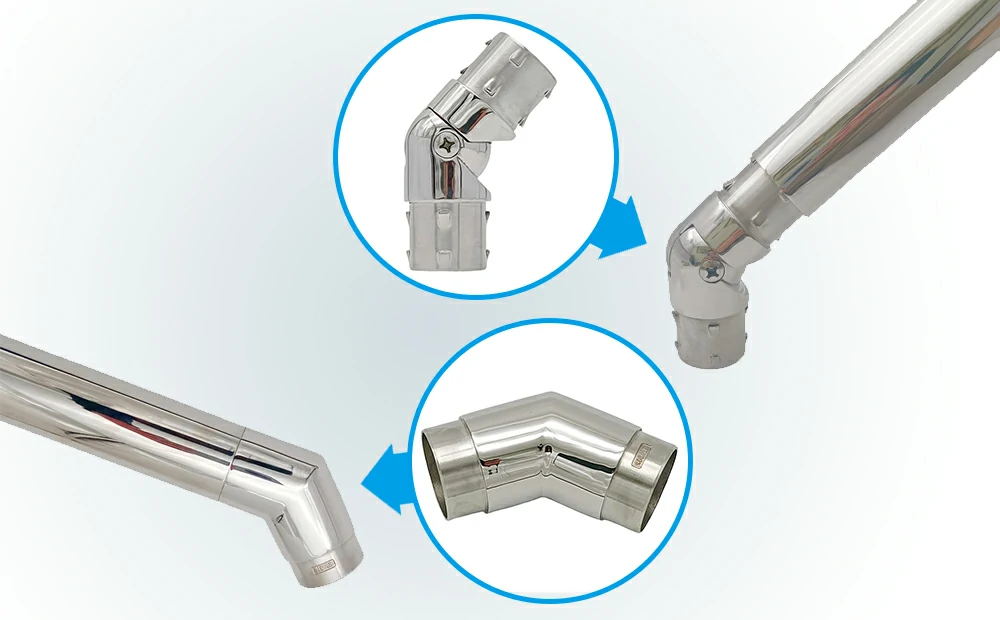
Applications of Handrail Flush Joiners
-
Staircases: Flush joiners are commonly used in both residential and commercial staircases. They help to create continuous handrail systems that are safe and easy to grip, which is particularly important in public buildings and spaces where accessibility and safety are paramount.
-
Balconies and Decks: In outdoor areas such as balconies and decks, handrail flush joiners ensure that the railing is both visually appealing and structurally sound. They maintain a clean line and uniform appearance, which is crucial for aesthetic continuity in design.
-
Walkways and Bridges: For elevated walkways, pedestrian bridges, and similar structures, flush joiners provide a necessary safety feature by ensuring that the handrail does not have any protruding parts that could catch on clothing or injure passersby.
-
Commercial Buildings: In commercial settings, such as office buildings, shopping malls, and hospitals, handrails must meet specific safety standards. Flush joiners help fulfill these requirements by providing a smooth, stable, and reliable connection between handrail sections.
-
Industrial Applications: In industrial environments, where safety and durability are paramount, flush joiners are used to ensure that handrails can withstand heavy use and harsh conditions without compromising on safety or integrity.
Overall, Stainless steel handrail joiners for handrails provide practicality, versatility, strength, and visual appeal. They are widely used in various architectural and construction applications where reliable and aesthetically pleasing handrail systems are required.
